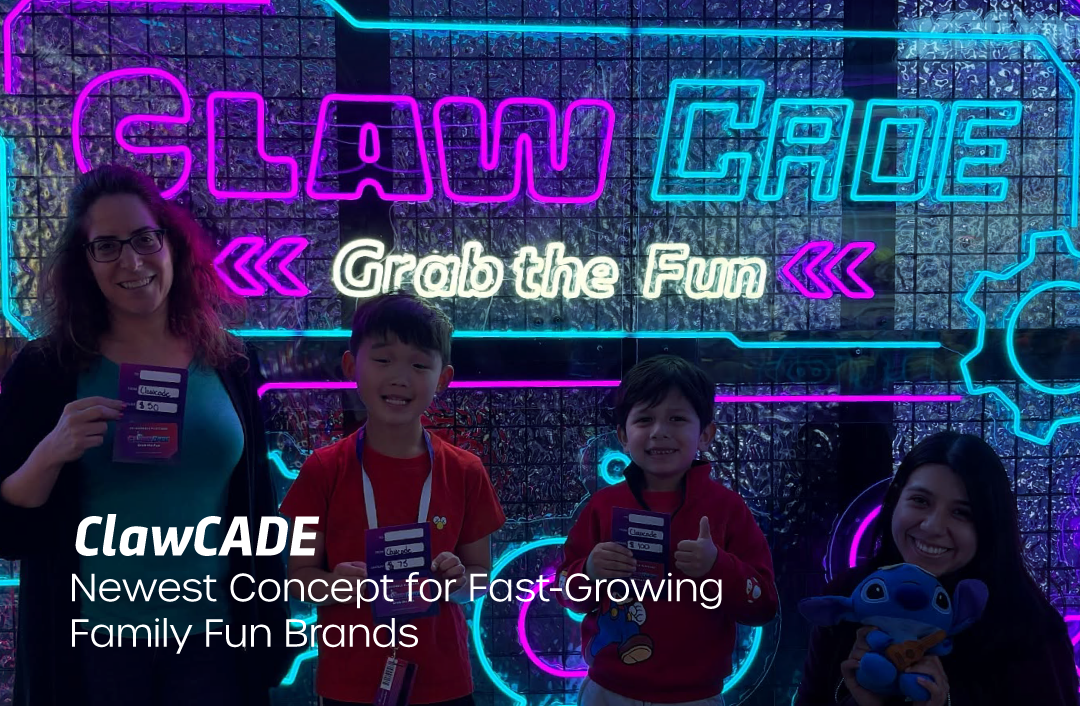The costs of ignoring feedback are high. Find your approach today.
This week a group of excited and dedicated operators and managers met at Andretti’s Indoor Karting and Games in Buford, Georgia, to take a deep dive into building a strong guest, team member, and leadership experience. It was an outstanding “meeting of the minds” with many insights and best practices shared among the group.
One discussion centered around feedback. Maximizing the potential of guest feedback is critical to an outstanding guest experience. Today, we’re discussing five approaches to guest feedback so that you can decide the one(s) that make the most sense for your business.
No. 1: The Ostrich Approach
Also known as the “Do Nothing” approach, The Ostrich Approach is the riskiest way to handle feedback. This approach means you get “surprise feedback” when your guests feel strongly about your business – positively or negatively. If you’re not actively soliciting, responding to, and tracking your feedback trends, then you’ve taken this approach, albeit actively or passively.
If you’ve adopted this approach, the best you can hope for is to react swiftly and minimize damage whenever negative feedback comes in. To do this, regularly check your online reviews (and your competitors’) to see if there’s anything you need to address. Consumers want to see how your business responds, so it’s a good idea to respond to every review, positive or negative. If negative, do what you can to apologize for their experience and take the conversation offline so that you can make it right. Never engage in online arguments.
It also makes sense to track the feedback you’re getting, even anecdotally, to look for trends and root causes.
No. 2: The Paper Comment Card
The comment card often has the most response at the end of a birthday party or event and can be a good way to take immediate action if a manager addresses feedback while the party is still onsite.
However, paper feedback forms have a much lower adoption rate than those online. One way to get more feedback is to offer guests an incentive, such as a bounce-back offer or a free appetizer or dessert on their next visit.
Another con of using paper forms is that you don’t get the benefits of aggregated data for trend analysis.
No. 3: The DIY Online Approach
Online forms, such as a Google Form or Survey Monkey questionnaire, are easy, free, or low-cost ways to collect guest feedback. All responses are aggregated, and you can analyze data in your online dashboard to identify service disruptions and training opportunities.
If you’re considering using a Google Form, remember to keep it simple with just a few questions, along with a text box for additional feedback. It’s also a good idea to invite guests to leave their contact information (but not require it.) This approach gives you a terrific engagement touch point. You can call them to thank them for their feedback, address issues, and invite them to return.
No. 4: The Paid Guest Experience Platform
While often the highest cost, paid platforms tend to have the highest adoption rates. This is largely because they are built with the infrastructure to solicit and respond to feedback. Some, like Service Guru and Shopwindow, even help your business leverage the power of guest feedback. Workflows can take guests to online review sites to leave positive feedback while funneling complaints directly to you to address. These workflows can go a long way toward helping you manage your online reputation.
No. 5: The Preemptive Approach
When collecting feedback, we typically think about feedback after a purchase or experience has occurred. But don’t forget about the power of preemptive feedback.
Loyalty programs, memberships, and targeted focus groups can allow you to learn what your best customers want from you in the future. Don’t be afraid to reach out to the people who already know and love you to get their feedback on new attractions, menu items, or product offerings you’re considering. This preemptive approach helps you make better-informed decisions while strengthening your guest relationships – a win all the way around.
Feedback is an essential part of helping your business continue to grow and adapt to the needs of your market. The key to feedback management, as with any other initiative, is an intentional plan backed by consistent tracking and action. Good luck!
Search Resources
Subscribe to Email Updates
Featured Resources
Blogs //
6 Self-Service Opportunities to Delight Your Guests Without Losing Your (Personal) Touch

News //
CenterEdge Now Integrates with PourMyBeer to Help FECs Serve Up Success

News //
ClawCADE is Newest Concept for Fast-Growing Family Fun Brands

Blogs //
Data-Driven Decisions: Using Management Software to Optimize Staffing & Guest Flow

Posts by Topic
- Advantage Payments (7)
- Brand Management (19)
- Business Growth (81)
- Capacity Management (2)
- CenterEdge News (28)
- Client Interviews (8)
- Credit Card Processing (3)
- Data & Reporting (12)
- Digital Signage (1)
- Event Management (20)
- Facility Management (10)
- Food & Beverage (8)
- Guest Experience (34)
- Guest Management (20)
- Holiday Season & Promotions (5)
- Industry Events (10)
- Inventory Management (1)
- Loyalty Programs (8)
- Marketing Tips (24)
- Operations (1)
- Point of Sale (10)
- Product Launch (11)
- Productivity (5)
- Profitability (35)
- Redemption Management (1)
- Sales (35)
- Season Passes (1)
- Team Training (60)
- Waivers (2)

Leave a Comment